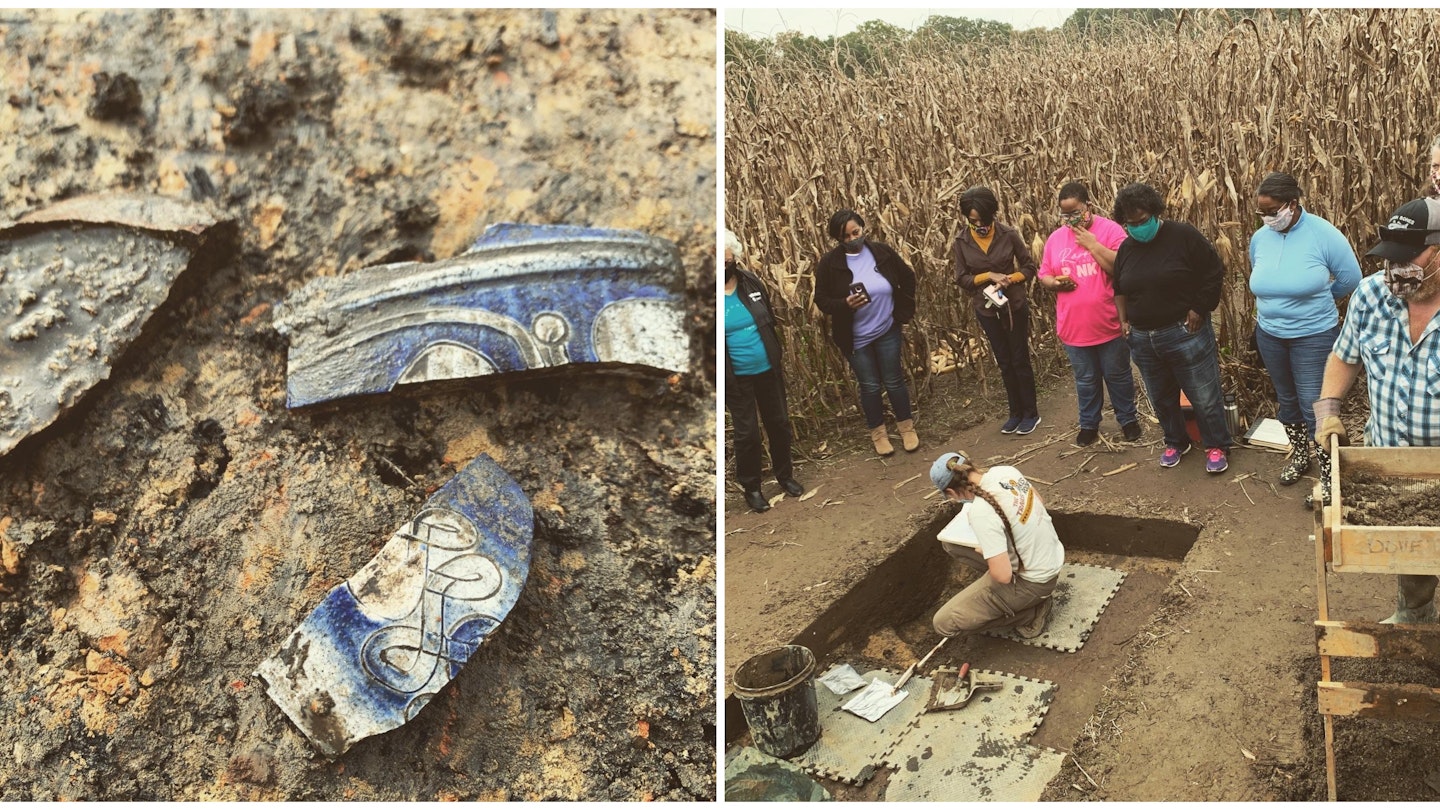Significant Archaeological Discovery in Southern Maryland
A team of archaeologists has uncovered what they believe to be the oldest site that housed enslaved people in southern Maryland, USA. The incredible condition of this well-preserved find enhances its historical value.
The Maryland Department of Transportation State Highway Administration (MDOT SHA) and St. Mary’s College of Maryland archaeologists are actively working to excavate the 300-year-old site located at a historic Jesuit plantation. Many archaeological remains lay buried in farm fields within Newtowne Neck State Park, situated near an 18th-century brick manor once occupied by Jesuit missionaries. Early indications suggest that the quarters may date back to around 1700.

According to Dr. Schablitsky, the chief archaeologist at MDOT SHA, while Jesuits were known for their extensive record-keeping, scant information about the enslaved individuals working the fields has survived, rendering this discovery both rare and significant. Archaeologists utilize metal detectors to accurately locate early cabins where enslaved individuals left evidence of their daily lives, including broken clay tobacco pipes, ceramic cups, and rusted nails. Early documents recount the sale of 272 enslaved individuals from Maryland in 1838, among whom were those who resided at Newtown Manor. Their descendants are currently found in Maryland and across the United States.
Rev. Dante Eubanks, a resident of Leonardtown, has traced his ancestry back to this plantation. He reflects, “To be able to stand in the exact place where my ancestors lived and endured is a powerful experience. We need to remember these stories; they are crucial to our history and healing.” The analysis of artefacts discovered at the site aims to shed light on the lives of those who existed near the manor house.
Learn More About Maryland’s Historical Significance
Complement your knowledge of Maryland’s history by exploring how the state played a pivotal role in various significant events, including the Underground Railroad.




